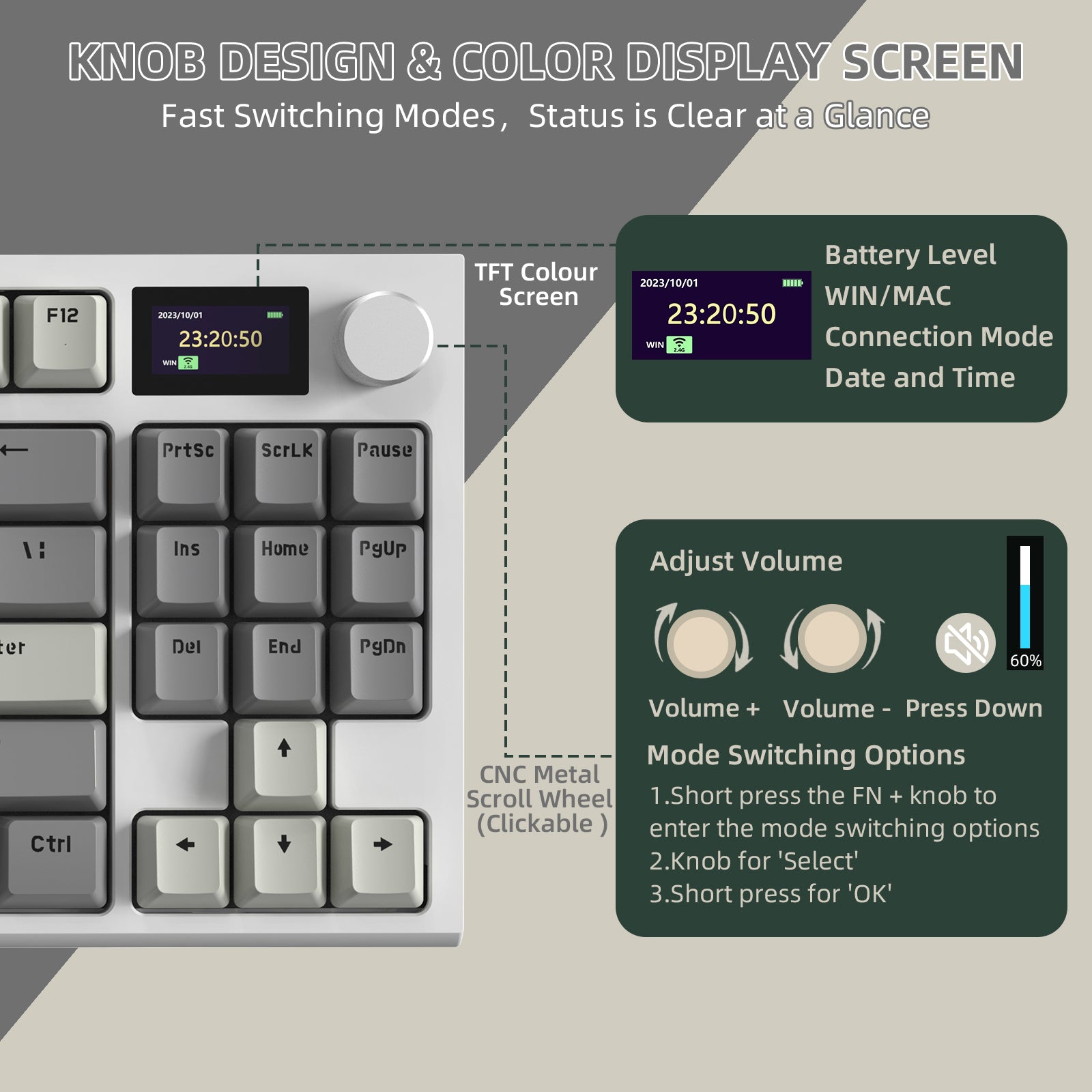In today's fast-paced office environment, efficiency and productivity are paramount. One innovative tool that has been gaining traction is the programmable mechanical keyboard. These keyboards offer a range of features that can significantly enhance work performance. This article delves into how programmable mechanical keyboards can transform your office productivity and efficiency.

Understanding Programmable Mechanical Keyboards
Programmable mechanical keyboards are designed with individual mechanical switches for each key, providing a tactile and responsive typing experience. Unlike traditional membrane keyboards, mechanical keyboards are known for their durability and precision. The programmable aspect allows users to customize key functions, creating shortcuts and macros that streamline repetitive tasks.
Customization for Enhanced Workflow
One of the primary advantages of programmable mechanical keyboards is their customization capability. By assigning specific functions to individual keys, users can create a personalized workflow that minimizes the need to switch between different software or tools. For instance, a graphic designer can program keys to execute complex commands in design software, while a writer can set up shortcuts for text formatting. This level of customization not only saves time but also reduces the cognitive load associated with multitasking.
Boosting Typing Speed and Accuracy
Mechanical keyboards are renowned for their superior typing experience. The tactile feedback and audible click of each key press can significantly improve typing speed and accuracy. This is particularly beneficial in an office setting where typing is a core activity. Faster and more accurate typing translates to quicker completion of tasks and fewer errors, thereby enhancing overall productivity.
Ergonomic Benefits
Ergonomics play a crucial role in maintaining productivity and preventing workplace injuries. Programmable mechanical keyboards often come with ergonomic designs that reduce strain on the wrists and fingers. Features such as adjustable key heights, wrist rests, and split keyboard layouts can help maintain a comfortable typing posture, reducing the risk of repetitive strain injuries (RSIs) and enhancing long-term productivity.
Real-World Applications
Consider a software developer who spends hours coding. By using a programmable mechanical keyboard, they can assign frequently used code snippets to specific keys, allowing for rapid insertion and reducing the time spent typing repetitive code. Similarly, an accountant can program keys for common spreadsheet functions, streamlining data entry and analysis. These real-world applications highlight the versatility and practicality of programmable mechanical keyboards in various office settings.
Conclusion
In conclusion, programmable mechanical keyboards offer a multitude of benefits that can significantly enhance productivity and efficiency in the office setting. Their customization capabilities, superior typing experience, ergonomic designs, and practical applications make them an invaluable tool for modern professionals. By integrating programmable mechanical keyboards into your workspace, you can create a more efficient, comfortable, and productive work environment.
As technology continues to evolve, embracing innovative tools like programmable mechanical keyboards can provide a competitive edge in the ever-demanding office landscape. Whether you're a writer, designer, developer, or accountant, these keyboards can help you work smarter, not harder.







